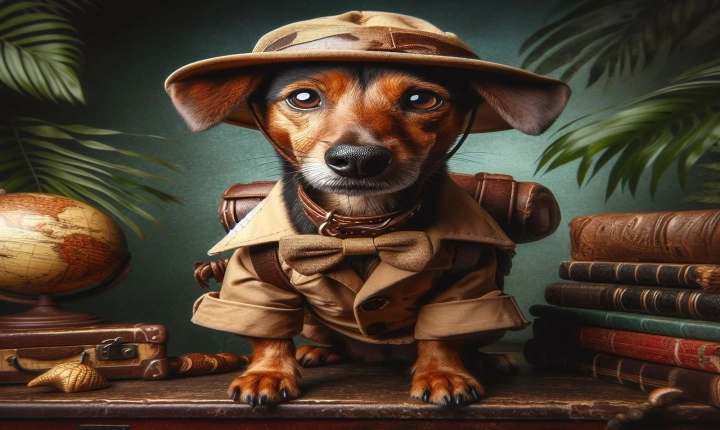Artificial Intelligence (AI) has been making waves in a variety of fields, and the art world is no exception. One of the most fascinating applications of AI in the art world is the AI art generator, a tool that utilizes machine learning algorithms to create unique and often stunning works of art.
AI art generators function by employing deep learning algorithms to analyze and comprehend vast amounts of artistic data, including paintings, photographs, and other visual content. By employing this data, the AI is able to recognize patterns, styles, and techniques, enabling it to generate its own original artwork in similar veins.
One of the most popular AI art generators is the Generative Adversarial Network (GAN), a framework for training two neural networks, called the generator and the discriminator, to compete with each other. The generator creates the art, while the discriminator evaluates it, and this iterative process continues until the generator’s creations bear a strong resemblance to human-generated art. This enables the AI to produce a wide range of art styles, from impressionist landscapes to abstract compositions, all without direct human intervention.
The potential implications of AI art generation are vast. Firstly, it opens up new possibilities for artists, designers, and creatives to explore and integrate AI into their artwork. AI can serve as a tool to spark inspiration, generate novel ideas, and assist in the creative process. Additionally, AI art generation has the potential to democratize art, making it more accessible to those who may not have traditional artistic skills or training. This could lead to an expansion of the art world, welcoming a broader range of voices and perspectives.
However, AI art generation also raises questions and challenges. Some critics argue that by relying on AI to create art, we may be sacrificing the human touch and emotional depth that often characterizes traditional art. AI-generated art may lack the soul and personality that emanates from a human artist’s work. Furthermore, the ethical implications of AI art generation, including issues of authorship, ownership, and the potential for exploitation, remain to be explored and addressed.
AI art generators are also causing disruptions in the art market. The art world has historically been rooted in the concept of unique, original artworks, but AI art generation raises questions about the nature of “originality” and the value of art. As AI-generated art becomes more prevalent, the art market may need to adapt to these new forms and methods of creation.
In conclusion, AI art generators represent an exciting and transformative development in the art world. While they offer new opportunities for creativity and accessibility, they also pose challenges and ethical considerations that require careful thought and discussion. The intersection of AI and art is a fascinating frontier, one that promises to reshape the artistic landscape in unexpected ways. As AI continues to evolve, so too will the nature and impact of AI art generation.
